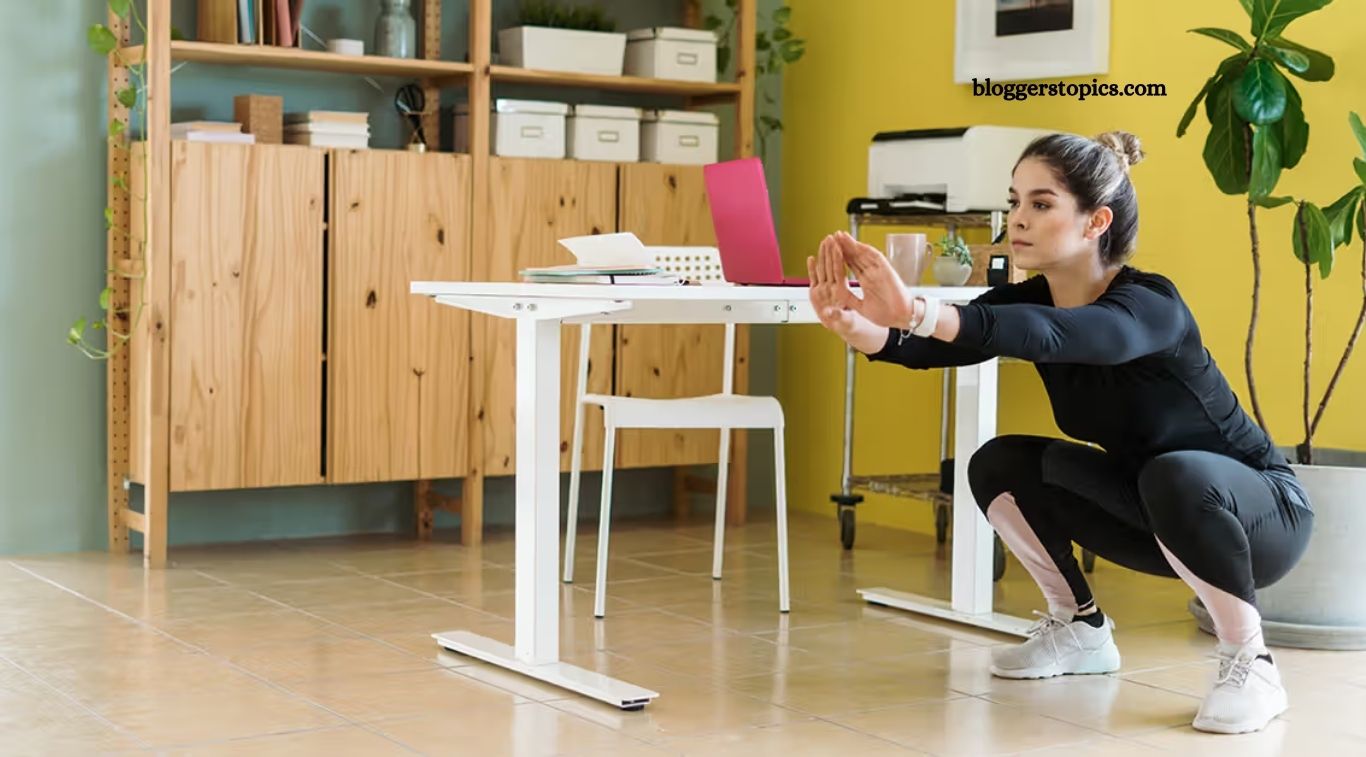We’ve all heard that sitting too much is bad for our health—but finding time for regular workouts can be a challenge. That’s where “exercise snacks” come in: short bursts of physical activity, typically lasting just a few minutes, spread throughout the day. The idea is simple—move more, more often. Intrigued by the research behind this concept, I decided to put it to the test.
For two weeks, I incorporated mini workouts into my daily routine to see if these bite-sized movements could make a noticeable difference. Armed with a continuous glucose monitor and a few health-tracking tools, I measured everything from blood sugar to energy levels. Here’s what happened when I swapped long workouts for quick, consistent movement.
Read More: Judge Rules ChatGPT Log Retention Doesn’t Constitute ‘Mass Surveillance’
What the Science Says
Extended periods of inactivity have been shown to negatively affect both physical health and overall well-being. Prolonged sitting is associated not only with musculoskeletal discomfort but may also contribute to an elevated risk of hypertension. One study found that individuals who remained seated for longer durations throughout the day exhibited higher blood pressure levels compared to their more active counterparts.
Post-meal inactivity can also impair blood glucose regulation. In contrast, light movement—even something as simple as leg fidgeting—has been linked to improved glycemic control.
Emerging research supports the idea that “exercise snacks,” or short bouts of physical activity spread throughout the day, may offer measurable benefits. These include improvements in cardiovascular fitness, blood glucose regulation, muscular strength, and balance.
The Setup
To establish a baseline, I wore a continuous glucose monitor (CGM) for several days prior to beginning the experiment. While not essential, the CGM provided valuable insights into my blood glucose patterns and overall glycemic control.
In addition to tracking glucose levels, I recorded my weight using a body composition scale and monitored my blood pressure. These metrics were measured consistently throughout the two-week trial to observe any potential changes.
I also informed my colleagues about the experiment—not only for accountability, but to preempt any confusion when they saw me doing squats in the office or slipping in quick exercises during meetings
How It Went
I follow a hybrid work schedule—two days in the office and three at home—which gave me the flexibility to test “exercise snacks” in both settings. I began the experiment on an office day, focusing primarily on bodyweight squats.
On that first day, I squeezed in squats discreetly—in the bathroom for privacy and in conference rooms between meetings. While I didn’t notice immediate changes, my thighs were noticeably sore by the end of the day.
Work-from-home days proved easier for consistency. While I occasionally missed a session, I made a conscious effort to practice self-compassion, reminding myself that any movement was better than none.
Over the course of the two weeks, I refined my schedule. I found that timing exercise snacks shortly after meals—within 30 to 45 minutes—felt the most effective and sustainable.
My Results
Throughout the experiment, I tracked a range of health metrics: blood glucose (via continuous glucose monitor), blood pressure, weight, and sleep quality.
My diet had the most noticeable impact on my blood glucose levels. While exercise snacks didn’t significantly alter my baseline glucose, blood pressure, or sleep patterns, they did seem to help stabilize post-meal glucose more quickly—particularly when I exercised within 30 to 45 minutes after eating. However, exercise didn’t appear to blunt the initial glucose spike.
I also lost two pounds, noticed mild improvements in lower-body muscle tone, and felt an increase in my daily energy—especially during work hours.
Of course, individual results will vary depending on factors like activity level, diet, and overall health.
How to Get Started
You don’t need any special equipment to begin—just a plan and a willingness to move. Choose a day, set your intention, and start.
While I initially focused on squats, I later added a variety of bodyweight movements. The key is selecting exercises that elevate your heart rate, engage your muscles, and feel sustainable. Most importantly, pick something you can do safely and consistently.
Frequently Asked Questions
What are “exercise snacks”?
“Exercise snacks” refer to short bursts of physical activity—typically 1 to 5 minutes—spread throughout the day. They’re meant to be quick, equipment-free movements that help counteract prolonged sitting and boost overall health.
Why just 2 weeks?
Two weeks offers a manageable timeframe to test a new habit and observe potential changes. It’s long enough to notice patterns but short enough to maintain consistency without burnout.
Why did you choose to try this?
The growing body of research linking sedentary behavior to health issues—and the promising findings around exercise snacks—prompted this experiment. It was also a realistic approach to fitting more movement into a busy schedule.
Were the results scientifically measured?
While not a clinical trial, the experiment included personal tracking of key health markers like blood glucose, weight, and blood pressure using consumer-grade tools like a CGM and smart scale.
Can exercise snacks really make a difference?
Yes—research suggests that even small bursts of movement can improve cardiovascular health, glucose control, and muscle function, especially when done consistently throughout the day.
Is this routine for everyone?
Exercise snacks can be adapted to different fitness levels and mobility needs. However, results will vary based on factors like age, activity level, and diet. It’s always best to consult a healthcare provider before starting a new regimen.
Conclusion
Incorporating short bursts of movement into my day—whether at home or in the office—proved to be a simple, sustainable way to increase physical activity without overhauling my schedule. While two weeks wasn’t long enough to see dramatic health changes, I noticed subtle yet meaningful improvements: more energy, slight weight loss, improved lower-body muscle tone, and faster post-meal glucose stabilization when timed strategically.
More importantly, this experiment shifted my mindset around movement. Exercise doesn’t have to be all-or-nothing. A few minutes here and there truly can add up, especially when done consistently.







